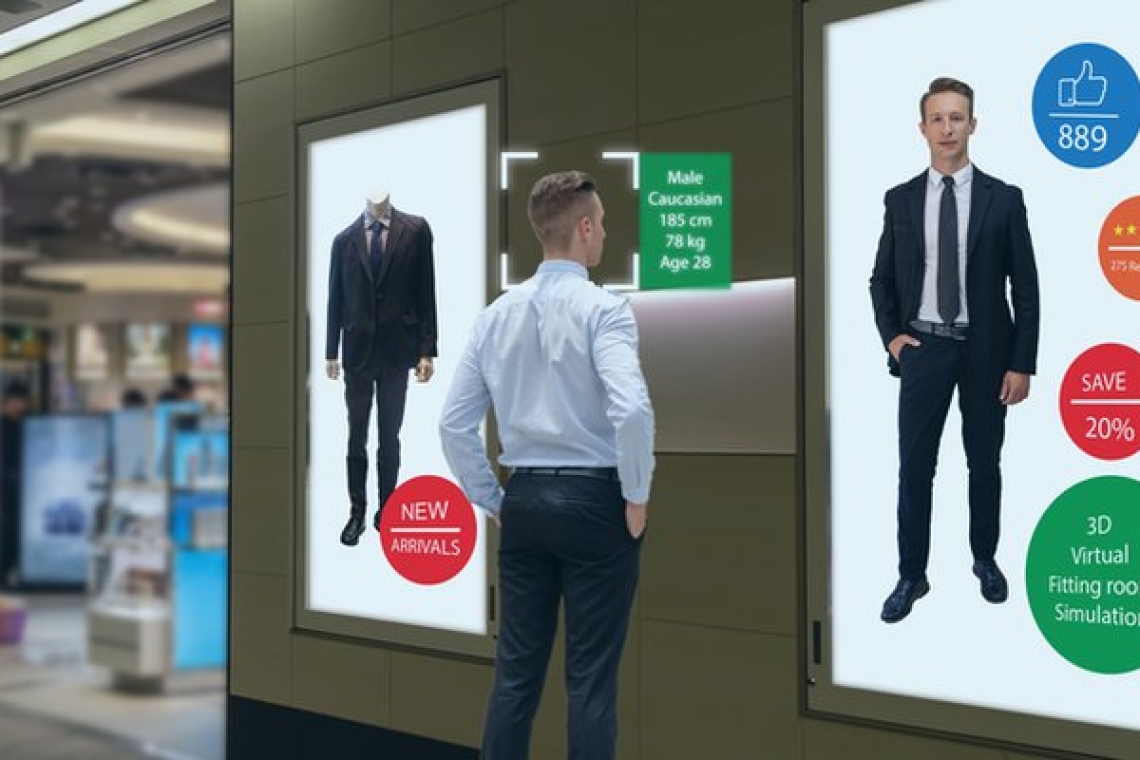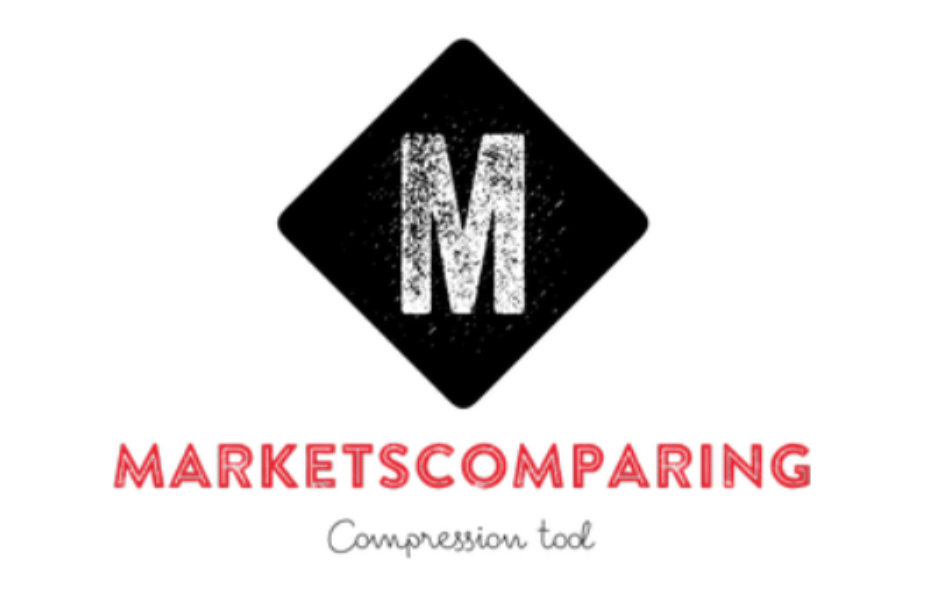What Are the Best Ways for Luxury Brands to Make Use of Technology?

Luxury and technology have long had a symbiotic relationship, and it's now becoming romantically appealing. "There are no political answers, only technological solutions," remarked French sociologist Jacques Ellul before the invention of technology. When compared to the current 'electro-dollar' economy, it's clear that we're looking at the junction of luxury and technology from the wrong side of the fence. It can then lead to a series of erroneous assumptions regarding luxury's place in the digital world. What are the strategic approaches to adopting technology in the premium brand management field?
Steady growth
According to experts, the global luxury business is still reluctant to respond to new technology or invest enough in digitization. This may be true of Burberry and a few other premium companies: when it comes to online growth, luxury brands have never been and never will be in the lead. Their strategy is based on a very practical basis. Because technological developments are so rapid, it's not a good idea to leap right in. With each new "upgrade" that technology offers, the previous one begins to fade, regardless of its longevity. What is best today will not be the best tomorrow (with Sony's PS5 and iOS14 just around the bend). Temporality is the new paradigm. Luxury, on the other hand, is the polar opposite of that. What's finest right now, with a touch of timeless appeal, will likely even be the best in the long term.
Alternative Solutions are Being Developed
Premium brands must develop new techniques to deal with the technical and digital dynamic changes brought on by the 4th Industrial Revolution. Unlike traditional marketers, luxury brand marketing professionals must first learn everything there is to know about sophisticated technology from Sir Arthur C. Clarke. For some worldwide luxury clients, he claimed, any advanced technology equals magic (especially China, but also in the US). Today, there is a significant tendency toward more costly high-end technology, as well as involvement in it. Consider high-end audio companies such as Bang & Olufsen or higher-end computing businesses such as Blackmagic. The Rolls Royce 103X, for example, is a leader in the area of luxury automobiles. The model depicts the differences between a future plane, a spacecraft, and the Batmobile. Around the same time, the luxury brand avoids discussing its past. The alchemist's secret lies in maintaining the delicate balance that exists between the past and the far future (heritage, identity, legacy, etc.)
Integrating Technology from the Inside
Using an overall reason-why (purpose) as an active filter to identify how technology enhances (or detracts from) your brand value is a great method. For example, in 1837, Thierry Hermès established his business in Paris as a harness workshop. Engineering was only a tool for him to achieve what he did. It would have been impossible for "producing the greatest harnesses" to lead to today's innovative and ambitious Hermès firm when vehicles began to replace horses (again, thanks to technology). Thierry, on the other hand, established a company culture based on fundamental values centered on the "pursuit of excellence," to constantly strive for a little more. Rather than succumbing to the alluring possibilities that technology could have brought to his burgeoning luxury company, it gave focus and consistency. Technology may also pay off handsomely by instilling timelessness as a forward-moving motor for your company and brand identity.

Comments powered by CComment